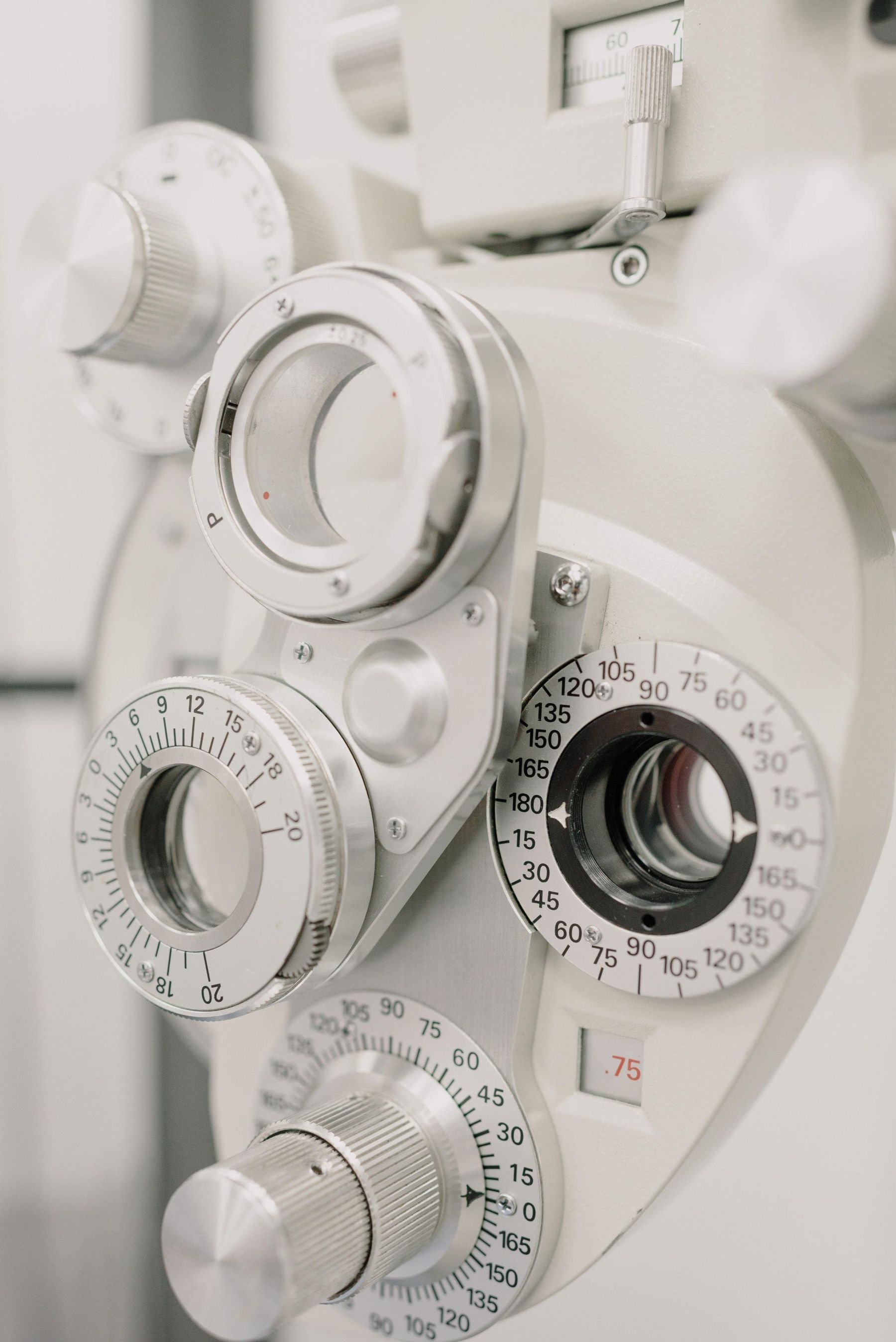What is an Inner Monologue?
What Kind of Thinker Are You?

As you read this, you may hear the words “spoken” in your head. That little voice is your “inner monologue,” also referred to as the “inner voice,” “inner speech,” or “self-talk,” but it turns out not everyone has an inner monologue. What’s more, research has shown that there’s a great deal of variation in how often people who have an inner monologue actually experience it.[1]
This article will start by defining the concept of inner monologue and outlining its three dimensions. This will be followed by a discussion of the prevalence of inner monologues and why researchers disagree on this topic.
Next we'll explore the way people who don’t have an inner monologue think and examine why some people may lack an inner monologue. Finally, we’ll take a look at the positives and negatives of having an inner monologue.
What Is an Inner Monologue?
Many people’s internal experience includes a verbal quality that comes across as a monologue. This inner monologue uses language but the individual doesn’t need to move their mouth or be heard to form the words that are central to it.[2] This private speech is addressed only to ourselves and is something the individual feels like they can “hear,” complete with tone and inflection, even though it’s not audible.[3]
Research has indicated there are three dimensions to inner speech:[4]
- Condensation, or how concise or verbose your inner monologue is. In some instances, one’s inner voice may be descriptive and talkative, with self-talk that includes whole sentences and paragraphs, while at others it may only use a single word or fragments of a sentence.
- Dialogality, or whether you’re thinking in one or multiple voices. Sometimes we may only hear one voice in our heads, such as when we tell ourselves things we need to remember or encourage ourselves before tackling a difficult task. But other times, we may think in multiple voices, such as when we anticipate future conversations by imagining what we and the other person will say or when we have an internal debate in which we think of several different perspectives at once.
- Intentionality, or whether or not you’re deliberately using your inner monologue. In some cases, such as when we want to practice an upcoming presentation, we may intentionally employ our inner monologue. However, in other cases, such as when our mind wonders, our inner monologue may be active even though we didn’t make a conscious decision to use it.
How Prevalent Are Inner Monologues?
Inner monologues are extremely difficult to study. After all, no one can peer into another person’s mind and see exactly what and how they’re thinking. As a result, researchers have come up with different ways to study inner monologues.[2]
Some of these have included self-report surveys and experience sampling, in which research participants are asked to keep diaries or take part in interviews in order to provide open-ended data about their inner experiences.
Because these different ways of investigating inner monologues have led to inconsistent results, researchers have come up with different answers to the question of how prevalent inner monologues really are. Some scholars have suggested that everyone has an inner monologue and that it never stops during an individual’s waking hours.[5]
However, others posit that some people lack an inner monologue, and suggest that even people who have an inner monologue vary widely in how frequently they experience it throughout the day.[1]
For example, Hurlburt estimates that between 30% and 50% of people frequently experience an inner monologue.[6] His research using his Descriptive Experience Sampling method has indicated that most people don’t experience their inner monologue all the time, and many may go through large parts of their days without experiencing it at all.
On the other hand, researchers who have used different research methods have concluded that the frequency of inner speech is much higher, with one study suggesting people experience it 75% of the time.[5]
How Do People Without an Inner Monologue Think?
For those who have an inner monologue, it can be hard to understand how people without one think. However, research has shown people generally think in five different ways, only one of which involves an inner monologue.
Those ways of thinking are:[5]
- Inner speech: Our inner monologue in which we speak words in our minds.
- Inner seeing: Imagining an image in our minds that doesn’t match what we’re seeing in reality. For example, you might conjure an image of a place you want to vacation.
- Unsymbolized thinking: Thinking but without employing words, images, or other symbolic methods of communication. For instance, you might go through the motions of brushing your teeth without consciously envisioning or telling yourself to complete each step.
- Feeling: Consciously considering your emotions. For example, acknowledging that you’re feeling overjoyed after getting good news.
- Sensory awareness: Idly thinking about one sensory aspect of the environment while not thinking about others. For instance, on a windy day, you may feel the wind and the way it makes your clothes blow around you, but instead of thinking about those things you may focus your thoughts on how cutting the wind feels on your hands.
Some people may think in all five of these ways, while others may be limited to one or two. As a result people without an inner monologue are likely to be thinking in one or more of the four ways that don’t involve inner speech.
Why Do Some People Lack an Inner Monologue?
Research on why some people lack an inner monologue is in its infancy, and therefore there are no firm answers to the question of why some people may not experience this phenomenon. One study found that people with aphantasia, an inability to see visual imagery in one’s mind, also had weak or completely absent inner monologues, which the researchers labeled anauralia.[7]
The opposite was also true, with people who could conjure vivid visual imagery also tending to experience a vivid inner monologue. However, more research needs to be done to understand why the inability to see visual imagery would impact whether one has an inner monologue and vice versa.
Pros and Cons of Your Inner Monologue
An inner monologue has been found to have benefits across a wide range of domains, including planning, problem solving, self-regulation,[7] self-reflection, emotion regulation, and perspective taking.[8] One’s inner monologue can also be a source of motivation, instruction, and positive self-reinforcement.
On the other hand, for some people, self-criticism is a regular feature of their inner monologue. This is a major drawback of inner monologues, and studies have found self-critical self-talk is associated with lower self-esteem and more frequent automatic negative statements about the self.[9]
The other ways of thinking that don't involve an inner monologue, outlined above, likely have benefits and drawbacks as well, but more research is necessary to understand what they may be.
- Heavey CL, Hurlburt RT. The phenomena of inner experience. Conscious Cogn. 2008;17(3):798-810. doi:10.1016/j.concog.2007.12.006
- Alderson-Day B, Fernyhough C. Inner Speech: Development, Cognitive Functions, Phenomenology, and Neurobiology. Psychol Bull. 2015;141(5):931-965. doi:10.1037/bul0000021
- Coffey, D. Does everyone have an inner monologue? Live Science. 2021.
- Grandchamp R, Rapin L, Perrone-Bertolotti M, et al. The ConDialInt model: Condensation, dialogality, and intentionality dimensions of inner speech within a hierarchical predictive control framework. Front Psychol. 2019;10.
- Hurlburt RT, Heavey CL, Kelsey JM. Toward a phenomenology of inner speaking. Conscious Cogn. 2013;22(4):1477-1494. doi:10.1016/j.concog.2013.10.003
- Soloducha A. How do people without an inner monologue think? CBC News. 2020.
- Hinwar RP, Lambert AJ. Anauralia: The Silent Mind and Its Association With Aphantasia. Front Psychol. 2021;12:744213. doi:10.3389/fpsyg.2021.744213
- Oleś PK, Brinthaupt TM, Dier R, Polak D. Types of inner dialogues and functions of self-talk: Comparisons and implications. Front Psychol. 2020;11:227. doi:10.3389/fpsyg.2020.00227
- Brinthaupt TM, Hein MB, Kramer TE. The self-talk scale: development, factor analysis, and validation. J Pers Assess. 2009;91(1):82-92. doi:10.1080/00223890802484498









